I have been flattered by all of you, your donations, validating what we do. I had an older lady from Middleburgh attend the Open House. She emailed me and said that she never understood until she heard me talk at the Open House. ... I do love what I do, there is such a HUGE demand for wildlife rehabbers. If you are considering it, do it but do it right. Get a mentor and do an apprenticeship.
I will let Gayle put links up for photos and videos of the event. I'm not going to rehash the whole thing but I do want to say thanks to my Board Of Directors, you are great. Our Volunteers and our donors are what keep us expanding. As I said during the dedication we are helping a lot of kids and animals here at this facility. Most people didn't even realize as they walked around the grounds that we had 7 animals come in DURING the Open House. We had a broadwing hawk, a painted turtle, robins, a cedar waxwing and 2 kittens come in. Our BOD members quickly got them into the nursery for assessment and treatment; the public never knew.
I am speechless, and very tired. I will get blogging again, going on 2am, I need to look over 370 emails and get some zzzzzzzz.
Till tomorrow,
Wes
Pictures and Video!
Here is a music video one of our volunteers, Jess, put together, starring the animals of NY Wildlife Rescue, Northeast Llama Rescue, and Red Maple Farm. Enjoy!











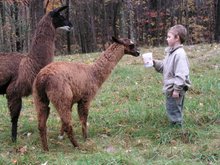
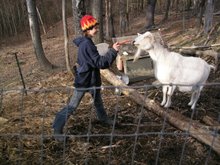

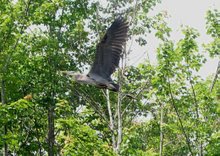

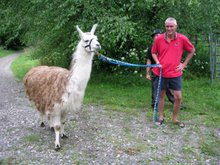
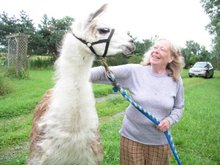
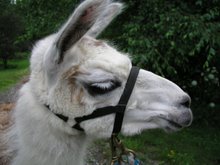








No comments:
Post a Comment